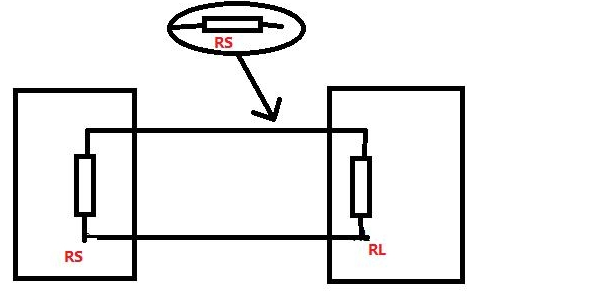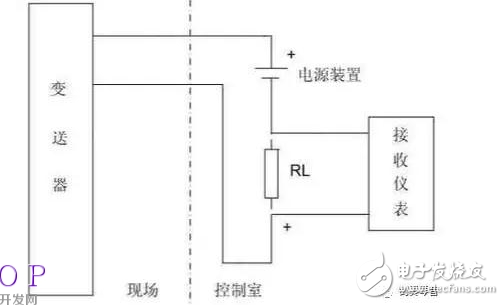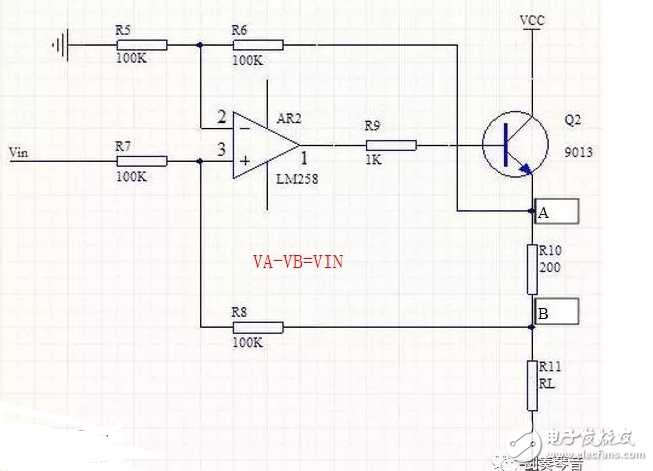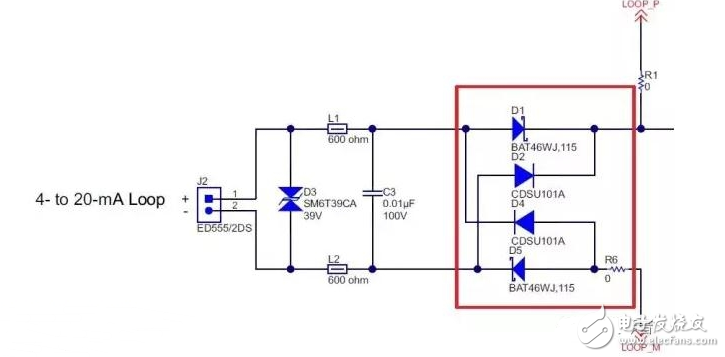In industrial applications, the most commonly used analog signal is the 4-20 mA current loop, which serves as a standard for process control systems. This signal is widely used in field instruments to transmit data over long distances. The 4-20 mA range is particularly advantageous because it allows for easy detection of open circuits—when the current drops below 4 mA, it is typically interpreted as a zero or faulty condition.
The 4-20 mA signal system, along with the 1-5 V DC option, has been standardized by the International Electrotechnical Commission (IEC) and is widely adopted globally. In China, this standard was integrated into the DDZ-III electric instrument system. The system uses current for transmission and voltage for reception, ensuring reliable and stable signal transfer in industrial environments.
One of the key advantages of the 4-20 mA signal is its resistance to interference. Since current remains constant regardless of voltage drop along the wire, it is more suitable for long-distance transmission compared to voltage signals. Voltage signals are more susceptible to noise and electromagnetic interference, especially when the load impedance is high. This makes the current loop a preferred choice in harsh industrial settings.

Historically, the 4-20 mA signal was implemented using a four-wire system, where two wires provided power and two were used for signal transmission. However, modern designs often use a two-wire system that combines both power and signal transmission. This design simplifies installation and reduces wiring costs. The lower limit of 4 mA was chosen to avoid confusion with zero values and to ensure that even a failed sensor can be detected. The upper limit of 20 mA also takes safety into account, as it prevents dangerous energy levels that could cause explosions in hazardous environments.

A simple 4-20 mA generation circuit can be designed as a two-wire active system, eliminating the need for an external power supply. Some modules, like the Jin Shengyang 4-20 mA conversion circuit, use electromagnetic isolation for enhanced reliability and stability. These designs are ideal for applications where robustness and accuracy are critical.
Another common approach is the use of an integrated chip for 4-20 mA conversion in a passive two-wire system. In such cases, an external power supply is required, and the current flows from ground. To maintain proper operation, the sensor’s quiescent current must be less than 4 mA to avoid interfering with the signal.

When implementing 4-20 mA signal transmission, it's important to follow best practices. For example, using twisted pair cables helps reduce electromagnetic interference, especially over long distances. Grounding is also essential to prevent noise and ensure signal integrity. Additionally, regular calibration and zeroing of the system are necessary to maintain accuracy and performance over time.

Single Axis Solar Tracker System
Single Axis Solar Tracker System price,Sun System Powered One Axis,One Axis Solar Tracker Single Axis,Mounting System Solar Tracker
Hebei Jinbiao Construction Materials Tech Corp., Ltd. , https://www.pvcarportsystem.com